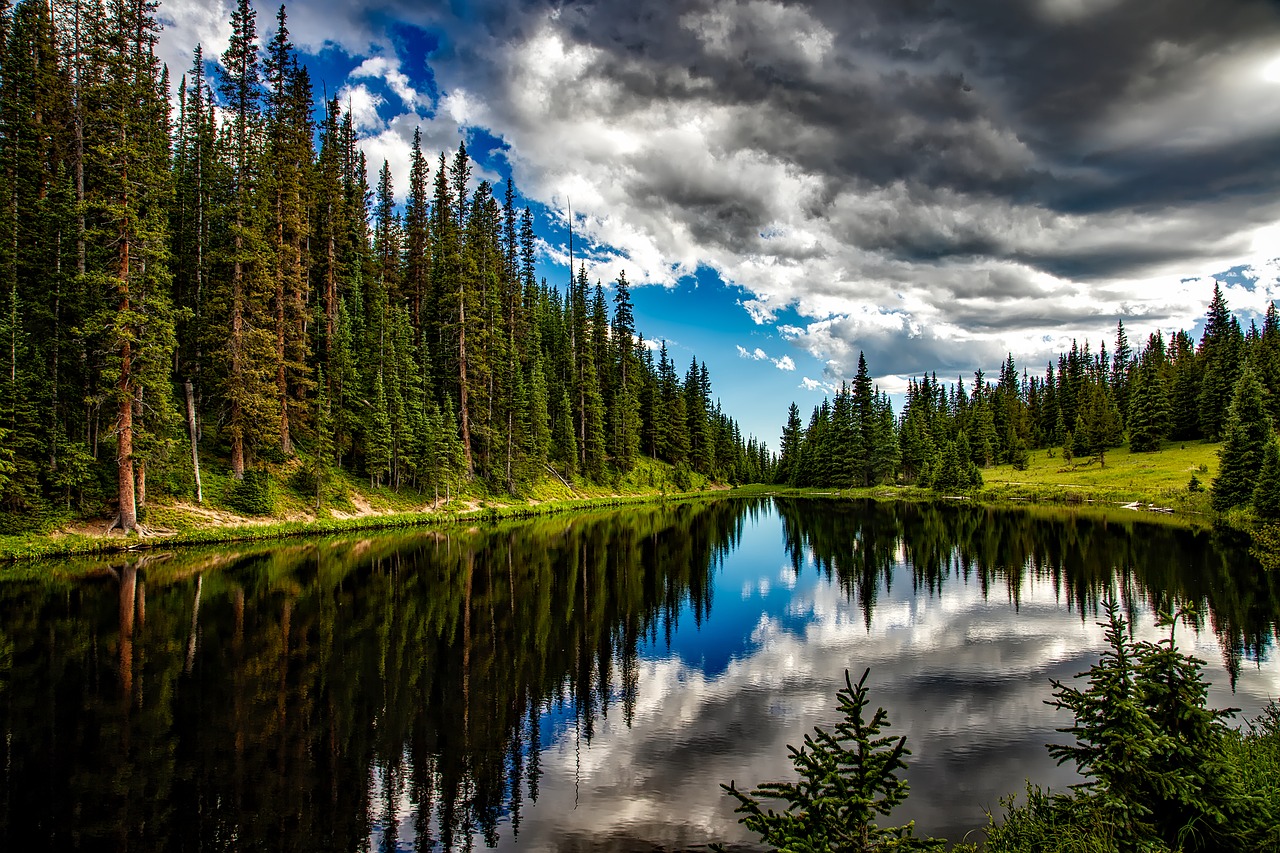A Tenth Of Our Wilderness Lost Since 1990

There’s more people getting out into the wilderness than ever before, hiking, camping, adventuring the world over and yet the wilderness areas that we love so much are shrinking at an alarming rate.
New satellite maps are showing the extent of losses of untouched landscapes, the most obvious being in South America and Africa, according to World Conservation Society scientists.
At present, only 20% of the world is classified as wilderness. But even these areas are being encroached upon by international conservation agreements.
The wilderness is important not only for its ecological value but its cultural value as well. Most of these untouched areas are in North Africa, North Asia, North America, and Australia – places that are home to endangered peoples, animals, and plant life.

It is thought we have only two decades left to turn the process of depletion around in these wilderness areas before they are lost forever.
Global maps show a staggering 10%, or nearly 1.3 million square miles, of wilderness has been lost since a similar map was made in the 1990s.
Now researchers have developed the idea of rewilding. Rewilding is a process of helping wilderness areas to expand back out to where they should be or to newly defined boundaries.
It’s a process that involves the replanting of tree and plant species and the reintroduction of native animals, including predators, back to where they should be, and working to save endangered and threatened wildlife.
An example of rewilding that has worked is the reintroduction of wolves back into Yellowstone Park. It has put the damaged ecosystem back to how it used to be and has enabled the food chain to re-establish itself.

There always will be challenges with rewilding as humans live on the outskirts of the wilderness, but governments are starting to realize that changes are needed.
Across the world, rewilding projects are up and running, and you can check many of them out online. Progress is being made in small ways, and hopefully, this will be enough to stop the loss of such precious habitats.
In some areas, it may well be too late, but in others, we can save and expand based on what’s already there. In Europe, they lost most of their wilderness before 1990 and only areas that are hard to reach still exist as in such a state.
The main cause of most of the losses across the world is unsustainable land usage, predominately from agriculture. If we lose the planet’s biodiversity, we are going to encounter big problems further down the track. When disasters such as disease epidemics and crop failures hit, the lack of diversity will impact the range of possible responses available, for humanity and for nature itself.

Mankind is a lot more dependent on the wilderness areas than we recognize and our governments are starting to factor this into their planning.
If you have any comments then please drop us a message on our Outdoor Revival Facebook page
If you have a good story to tell or blog let us know about it on our FB page, we’re also happy for article or review submissions, we’d love to hear from you.
We live in a beautiful world, get out there and enjoy it.
Outdoor Revival – Reconnecting us all with the Outdoor
